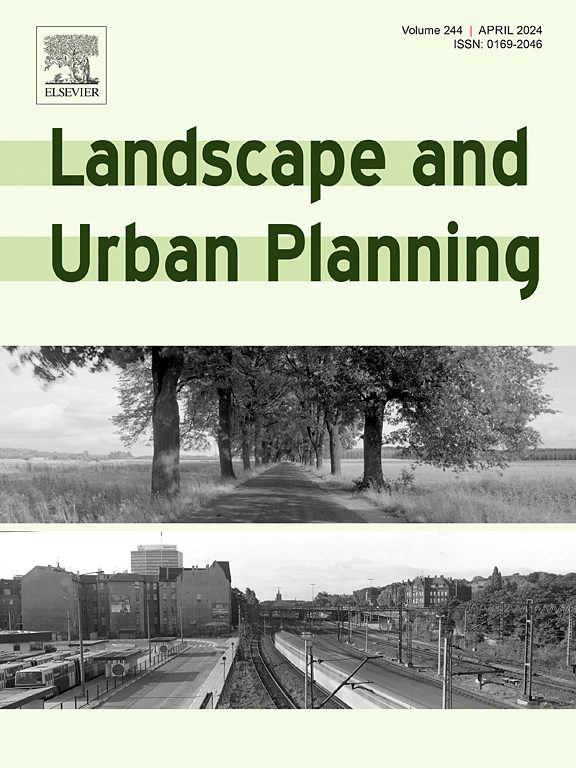Dietary diversification of an insect predator along an urban-rural gradient
IF 7.9
1区 环境科学与生态学
Q1 ECOLOGY
引用次数: 0
Abstract
Urbanisation generally leads to a loss of taxonomic and functional diversity in almost all animal taxa, yet a mosaic of highly variable habitats within the urban matrix could offer a diversity of insect prey to highly mobile predators such as bats. We therefore asked if insect-feeding bats change in trophic interactions along rural–urban gradients.
We predicted that the diet of common noctule bats (Nyctalus noctula) diversifies with increasing levels of urbanisation and that urban bats include more pest and nuisance insect species than rural conspecifics.
Using metabarcoding of faecal samples over three years of sampling, we observed a more diverse diet in urban compared with rural noctule bats. Furthermore, urban bats consumed more than twice as many agricultural pests and six times as many nuisance insects as their rural conspecifics. Finally, insect species richness in the diet decreased with increasing levels of sealed surface and vegetation cover at the sampling site.
We argue that a highly mobile bat species such as the noctule bat compensate for the lower abundance of insects in urban areas by foraging over relatively large spatial scales, including adjacent rural areas. A high proportion of pest and nuisance insects highlights the importance of urban bats for providing important ecosystem services to humans. Urban planning needs to consider maintaining and establishing dark flight corridors and a diversity of habitats to support urban bat populations.
城乡梯度下昆虫捕食者的膳食多样化
城市化通常会导致几乎所有动物类群的分类和功能多样性的丧失,然而,在城市矩阵中,高度可变的栖息地可以为蝙蝠等高度移动的捕食者提供多样化的昆虫猎物。因此,我们想知道食虫蝙蝠是否会沿着乡村-城市梯度改变营养相互作用。
本文章由计算机程序翻译,如有差异,请以英文原文为准。
求助全文
约1分钟内获得全文
求助全文
来源期刊

Landscape and Urban Planning
环境科学-生态学
CiteScore
15.20
自引率
6.60%
发文量
232
审稿时长
6 months
期刊介绍:
Landscape and Urban Planning is an international journal that aims to enhance our understanding of landscapes and promote sustainable solutions for landscape change. The journal focuses on landscapes as complex social-ecological systems that encompass various spatial and temporal dimensions. These landscapes possess aesthetic, natural, and cultural qualities that are valued by individuals in different ways, leading to actions that alter the landscape. With increasing urbanization and the need for ecological and cultural sensitivity at various scales, a multidisciplinary approach is necessary to comprehend and align social and ecological values for landscape sustainability. The journal believes that combining landscape science with planning and design can yield positive outcomes for both people and nature.
 求助内容:
求助内容: 应助结果提醒方式:
应助结果提醒方式:


